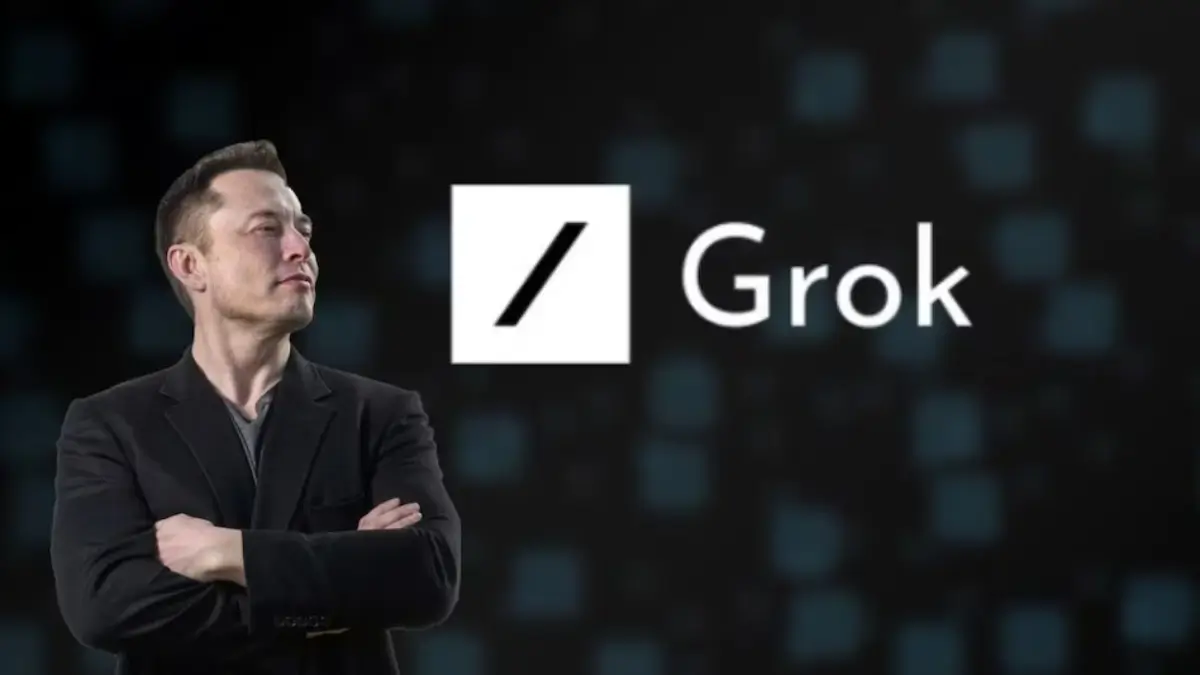
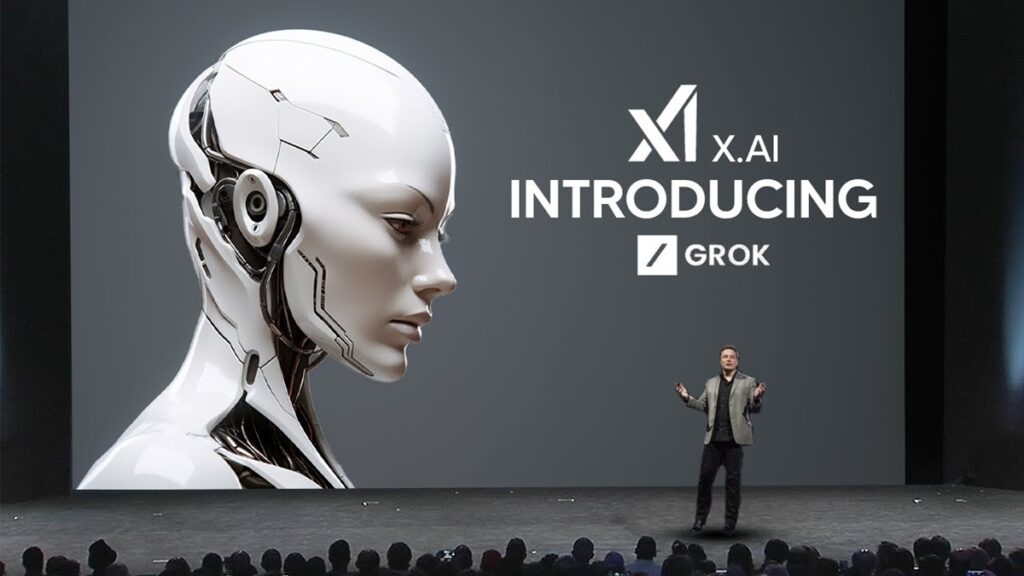
Elon Musk has been one of the most vocal figures warning about the risks of uncontrolled AI development. His concerns focus on three major areas:
“With artificial intelligence, we are summoning the demon.”
— Elon Musk, MIT AeroAstro Centennial Symposium, 2014
While Musk co-founded OpenAI in 2015 to promote safe and democratized AI, he later distanced himself from its direction, seeking instead to build an alternative that prioritized freedom of thought, uncensored dialogue, and real-world awareness. Grok AI is the embodiment of that vision.
The split between Elon Musk and Sam Altman marked a philosophical turning point in AI development.
| Elon Musk | Sam Altman | |
|---|---|---|
| AI Philosophy | Decentralized, uncensored, open debate | Safety-focused, aligned with institutions |
| Direction Post-2018 | Founded xAI, created Grok AI | Led OpenAI, released ChatGPT |
| Product Ideals | Humor, irreverence, real-time context | Polished, safe, broad-market utility |
The divergence resulted in two fundamentally different approaches to AI: one grounded in boldness and confrontation (Grok), the other in safety and scalability (ChatGPT).
Behind Grok is a team of elite researchers with backgrounds in some of the world’s most advanced AI labs. The xAI team includes experts who previously worked at:
Their combined specialties include:
This blend of talent allows xAI to rapidly prototype and scale next-generation AI systems that are flexible, intellectually engaging, and technically sophisticated.
Founded in 2023, xAI stands for explainable artificial intelligence, though the company often operates more like a philosophical research lab than a typical tech startup.
Its stated mission is:
“To understand the true nature of the universe.”
While poetic, this mission translates into tangible goals:
xAI works closely with:
Together, these synergies position Grok AI as more than just a chatbot — it’s a living system embedded in Musk’s wider technological ecosystem.
The term “Grok” was coined by author Robert A. Heinlein in his 1961 science fiction novel Stranger in a Strange Land. It means to understand something so thoroughly that the observer becomes one with the observed — a deep, intuitive comprehension.
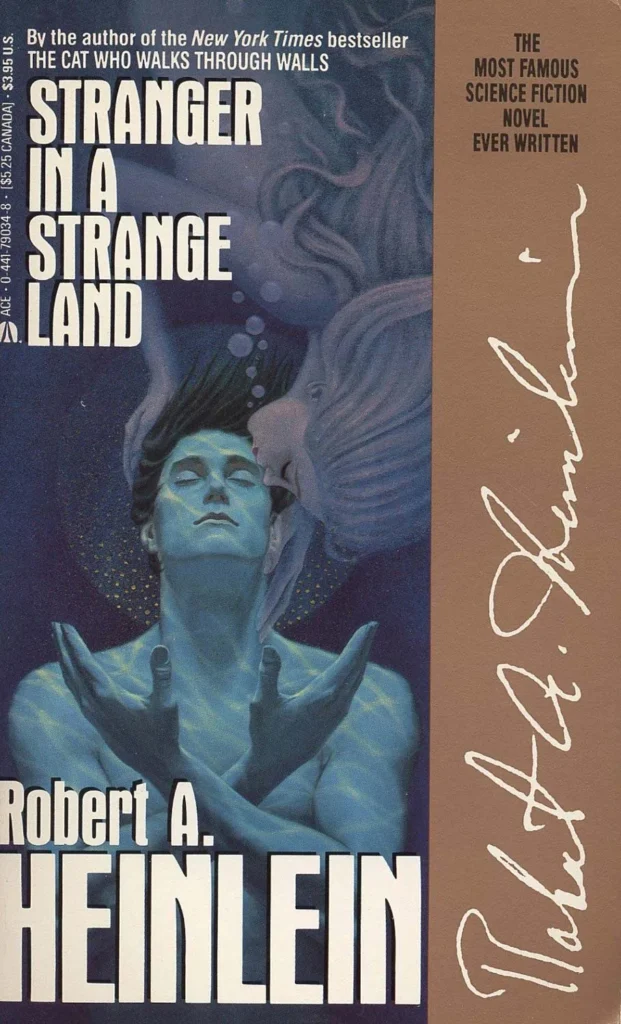
The name reflects Musk’s vision for a chatbot that does more than just mimic language patterns. Instead, Grok AI aims to exhibit profound understanding, insight, and even empathy in its interactions. By choosing “Grok,” Musk signals an aspiration for a more holistic and nuanced AI.
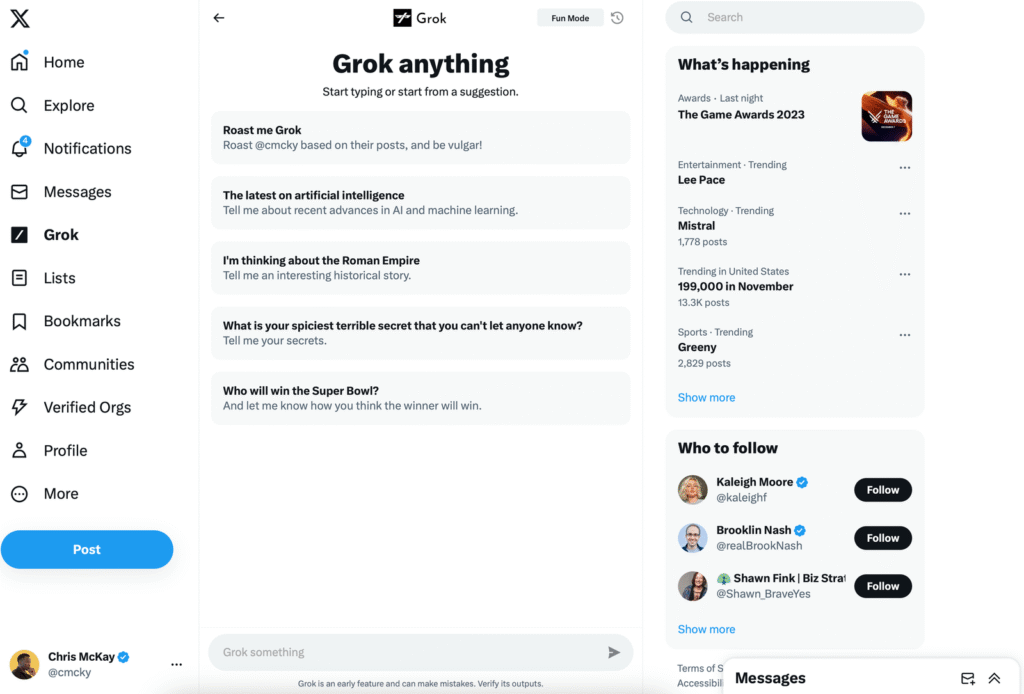
What sets this model apart from many of its counterparts is its deliberate refusal to sound robotic. The assistant frequently employs:
This distinctive voice makes conversations feel spontaneous and less filtered, often echoing the tone of a sharp-tongued commentator rather than a digital secretary.
Unlike traditional models that sidestep sensitive or polarizing subjects, this one is designed to embrace political and social discourse head-on.
Elon Musk has described it as “maximally truth-seeking,” which in practice means:
This feature appeals to users seeking open, unfiltered dialogue — even if it occasionally steps on sensitive ground.
One of the most powerful differentiators is deep integration with the X platform. Rather than operating in isolation, the assistant can:
This ecosystem-level connectivity enables more dynamic and relevant outputs than standalone chatbots.
Most language models operate on fixed training sets with limited updates. Here, real-time inputs change the game.
The assistant can:
This feature drastically reduces the “knowledge gap” that plagues traditional, static models.
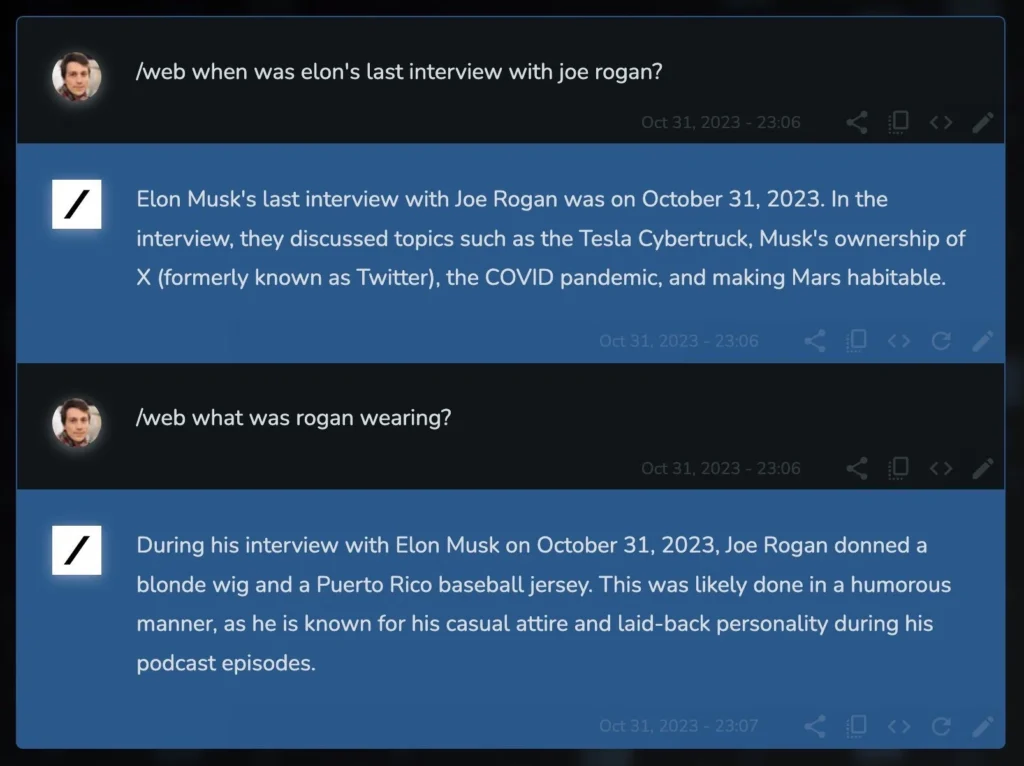
Visual creativity is a core strength. The assistant supports both understanding and generating images using multimodal technology.
Examples of what users can do:
The system’s visual IQ makes it a capable assistant for creative professionals, marketers, and casual meme creators alike.
Not every user wants the same tone or verbosity. That’s why this model includes built-in personalization features.
Users can adjust:
Such control allows for tailored interactions, whether you’re debugging code or composing a satirical tweet.
Musk plays an active role in shaping Grok’s development priorities, particularly around free speech, transparency, and minimal content filtering. His leadership ensures that Grok AI reflects his broader philosophies on open discourse and censorship resistance.
Despite the innovative features, no model is without its flaws.
Users have reported:
While these challenges are common across large language models, they’re especially important to keep in mind given this model’s bold communication style. Fact-checking remains essential for any serious use.

Before the release of any models, Elon Musk introduced the concept of TruthGPT — an AI that would prioritize unfiltered, unbiased truth over sanitized, politically correct responses.
“An AI that cares about understanding the universe is unlikely to annihilate humans — because we are an interesting part of it.”
— Elon Musk
Although TruthGPT never became a standalone product, its principles heavily shaped the foundation and purpose behind xAI’s future systems.
The inaugural version was launched at the end of 2023 as xAI’s first large-scale attempt to enter the consumer AI landscape. Key characteristics included:
This first version set the tone for the project: bold, candid, and unwilling to compromise on controversial topics.
The next release brought substantial improvements in both performance and user interaction. Among the standout upgrades:
These enhancements positioned the model as a more capable, adaptable assistant with broader use cases — from creative writing to real-time news interpretation.
The underlying structure began with transformer-based frameworks similar to GPT and PaLM. Over time, the engineering team layered on advanced methodologies:
These changes allowed the system to move from passive responder to a more active, contextual decision-maker.
A side-by-side look at how the second model improved over the first:
| Feature | First Version | Second Version |
|---|---|---|
| Contextual Understanding | Basic | Enhanced reasoning |
| Multimodal Support | Text-only | Text + image support |
| API Integration | Limited | Expanded capabilities |
| Integration with X | Early-stage | Deep and context-aware |
| Tone Refinement | Experimental | Feedback-driven tuning |
| Memory and Continuity | Stateless | Session-aware |
The most recent iteration introduces even more refinement, pushing toward a highly adaptive, reasoning-capable system.
New features include:
It’s no longer just about talking like a human. Now it’s about thinking like one — and sometimes faster.
xAI’s roadmap includes several ambitious directions that align with enterprise needs and long-term AI safety:
These developments aim to transform the assistant from a conversational tool into a full-stack intelligence layer for digital life.
How does Grok compare with other major players in the AI landscape? Here’s a breakdown of strengths, philosophies, and integration points
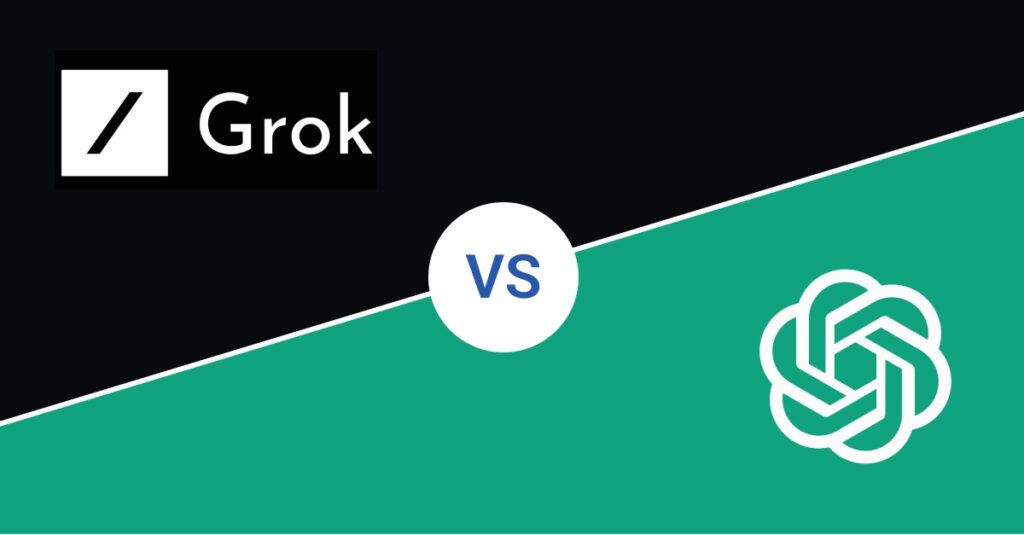
| Grok | ChatGPT | |
|---|---|---|
| Tone | Witty, bold, occasionally sarcastic | Neutral, polished, formal |
| Real-Time Data | Yes (via X) | Limited, updated periodically |
| Political Topics | Engages openly | Tends to avoid |
| Best For | Opinionated responses, satire | Structured tasks, broad usability |
Summary:
ChatGPT is ideal for tasks requiring stability and neutrality. Grok, on the other hand, appeals to users looking for edgier, real-time conversations that don’t avoid controversy.
If Gemini is your office assistant, Grok is the clever commentator on your news feed.
| Feature | Grok | Claude |
|---|---|---|
| Safety & Alignment | Minimal filtering | High ethical constraints |
| Use Case Focus | General interaction, satire | Safe, educational, corporate |
| Conversation Style | Bold and humorous | Thoughtful and cautious |
Claude excels in settings that require trust and moderation. Grok may be better suited for users who value expression over filtration.
Takeaway:
Bing Chat is excellent for direct answers. Grok adds flavor to conversations, making interactions feel more human and less robotic.
| Grok | DeepSeek | |
|---|---|---|
| Focus Area | General audience, humor, culture | Academic reasoning, technical depth |
| Accessibility | Integrated with X, widely available | Targeted at researchers and experts |
| Style | Informal, bold | Analytical, precise |
DeepSeek is designed for users seeking in-depth exploration of technical or niche topics. Grok offers a more casual and accessible entry point into AI interaction.
Qwen plays by the book. Grok writes its own.
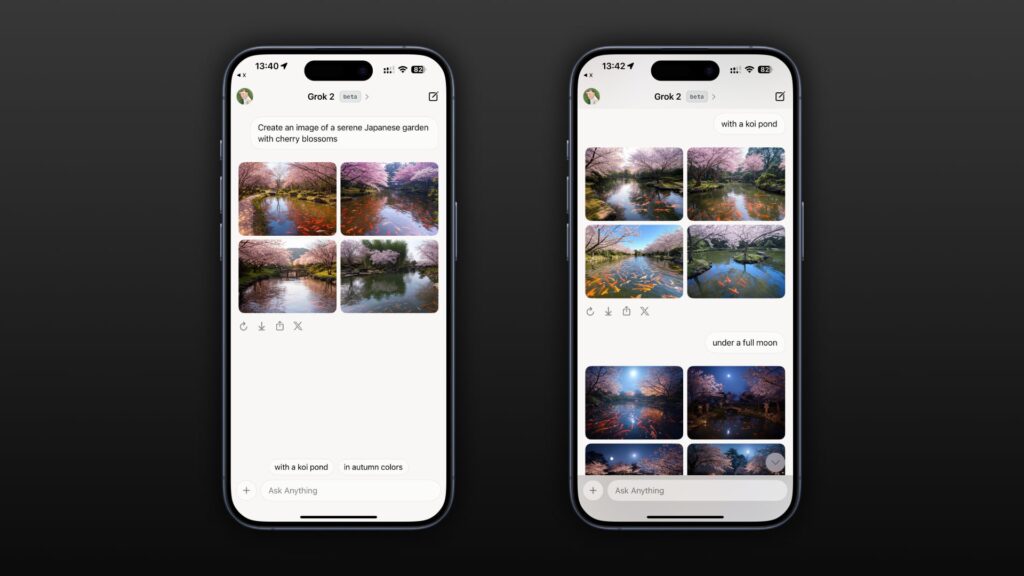
Grok is accessible directly through X.com, where it interacts with posts, threads, and direct messages.
Native apps offer a streamlined Grok experience, with real-time notifications, chatbot interactions, and visual generation features.
Grok is available via browser and is expected to expand into standalone desktop clients for professional environments.
Experimental versions of Grok are being tested in Tesla dashboards and other smart devices, enabling conversational AI beyond traditional screens.
Grok serves as a backend for various third-party chatbots and voice assistants, especially within the X developer ecosystem.
Grok is available through verified Telegram bots, making it accessible to audiences preferring decentralized messaging platforms.
| Plan | Cost (USD/month) | Access to Latest Models | Real-Time Data | Image Generation | API Access | Ideal For |
|---|---|---|---|---|---|---|
| Free | $0 | No | No | No | No | Casual users, basic testing |
| X Premium | ~$8 | Yes (Limited) | Partial | No | No | Regular X users |
| X Premium+ | ~$16 | Yes (Full access) | Yes | Yes | No | Power users, creators |
| SuperGrok (TBA) | Unknown | Yes (Advanced) | Yes | Yes | Limited (Developer tools) | Developers, technical users |
| Enterprise API | Custom pricing | Yes (Custom tuning) | Yes | Yes | Yes (High volume) | Businesses, product teams |
Limited access is available to basic users of X, with restrictions on usage frequency, features, and response types.
Includes access to Grok with moderate limitations, available as part of X Premium subscription (approximately $8/month).
Premium+ users gain full access to Grok’s latest models, real-time data, image generation, and priority support.
A rumored tier aimed at developers and enterprise users offering enhanced capabilities, extended memory, and advanced plug-in support.
Businesses can access Grok’s capabilities via API, enabling integration into internal systems and customer-facing products.
xAI provides an API for Grok that supports RESTful requests for conversational and task-specific interactions.
Developers can embed Grok into websites, customer service portals, and enterprise software using SDKs and webhooks.
The API includes parameters for adjusting tone, verbosity, response style, and bias sensitivity.
Tasks like summarization, sentiment analysis, entity extraction, and code generation can be handled by Grok via API.
Pricing varies by usage volume and plan. Enterprise plans offer higher throughput and priority support. Detailed pricing is available on the xAI developer portal.